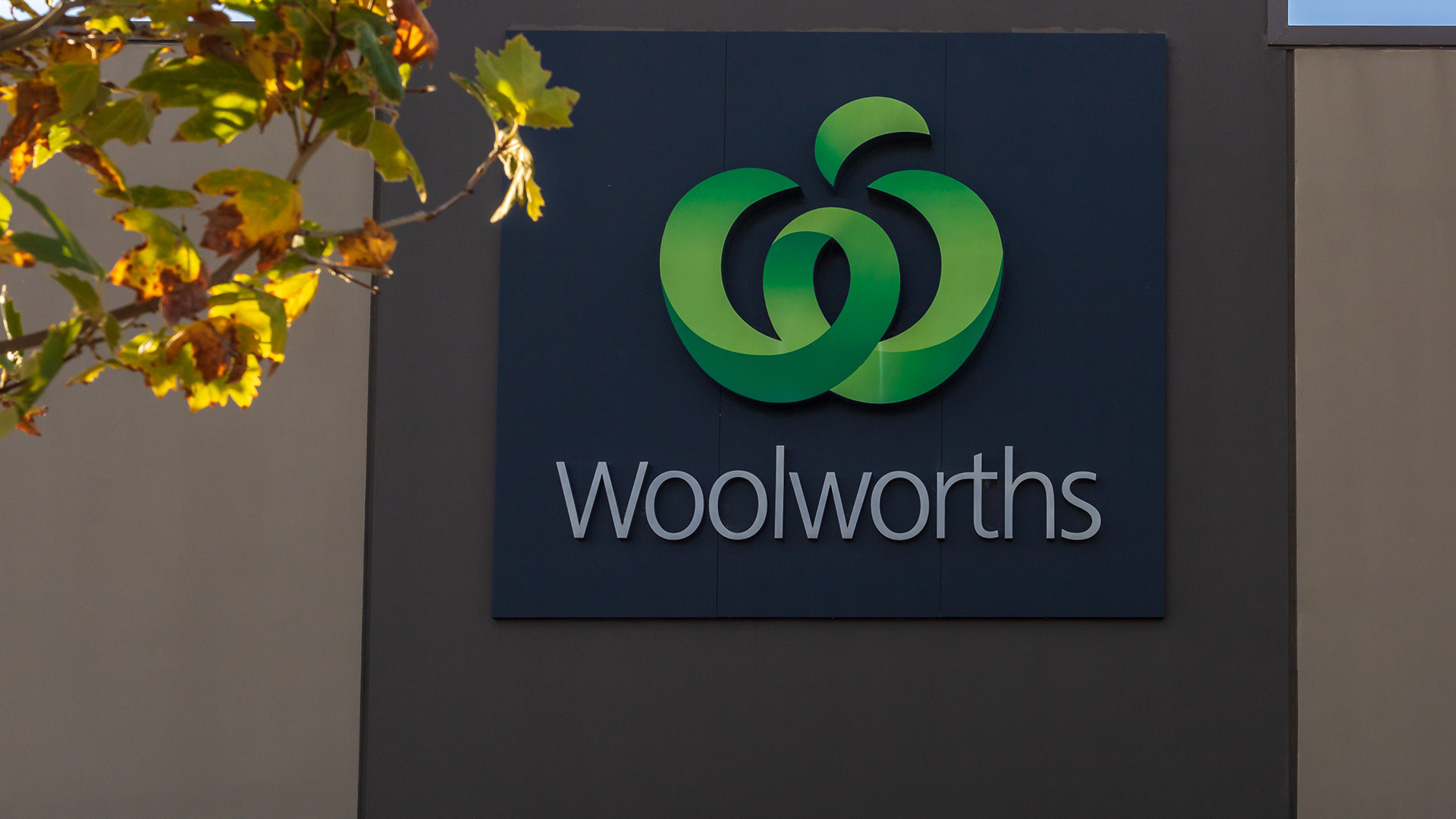Ahead of today’s release of June quarter economic growth figures, we had confirmation yesterday that the economy slowed sharply in the three months to June, with a big turnaround in the country’s trade performance hitting hard.
The slide in the country’s trade account in the three months to June will cut GDP growth by 0.9%, the Bureau of Statistics said yesterday as the impact of weakening iron ore, coal and grain prices hit home.
The maintaining of iron ore exports at their record levels of the first quarter couldn’t offset the fall in spot prices in the three months of well over 15%.
The ABS said that as a result, the surplus on goods and services fell $3.6 billion (to $10.65 billion) in real terms which will cut growth by 0.9 percentage points.
That looks like being the major influence on today’s GDP number, as was the 1.4% rise in the March which helped boost GDP by a surprisingly strong 1.1% from the December quarter.
The ABS said the volume of exports fell 1% in the quarter, but taking into account the fall in prices (and the impact of the higher dollar), the drop was a far more substantial 8.6%. Import volumes rose 3.7% in the quarter, but the strength of the Aussie dollar trimmed this to 1%.
That reported 1.4% contribution from the very solid first quarter export performance may be revised downwards in the national accounts report later today after some extensive upward revisions by the ABS.
Economists say the economy will struggle to see anything approaching the first quarter GDP figure in today’s June quarter national accounts.
Along with weak retail sales, wages growth and private investment, economists reckon the economy grew from no growth to 0.6%.
The ANZ said yesterday in a note on the figures that an 0.6% quarter-on-quarter gain in GDP would be a particularly good result given it follows a strong 1.1% gain in the first quarter and would leave six month annualised GDP growth at a strong 3.4%.
Small positives from the rise in inventories in the quarter (after the fall in the March quarter) and solid rises in sales by manufacturers and wholesaler will help growth, as will the stronger performance of the housing sector.
Thanks to extensive revisions in the year amounting to several billion dollars, which increased the current account deficit, especially in the March quarter, the revision was a more than $1.9 billion increase to $7.8 billion from the first reported figure of $5.6 billion.
As well, the current account report revealed our terms of trade tumbled 4.1% in the June quarter, with the prices of imports falling more than 6%, and the price of imports by a much slower 2.4% (thanks to the rise in the dollar in the quarter).
This will also detract from the growth of national income in today’s national accounts figures.
The ABS said the country’s current account deficit widened to $13.74 billion in the June quarter, seasonally adjusted, as export volumes fell and imports rose.
This was after the higher deficit of $7.8 billion in the March quarter.
(The current account measures flows of income between Australia and the rest of the world, like interest payments and dividends, and transfers like foreign aid, with the major component being the trade account, which is reported monthly.)
The ABS said surplus on goods and services fell $3.6 billion in real terms, which would detract 0.9 percentage points from growth in the June quarter measure of gross domestic product (GDP).
The Reserve Bank reported Monday that the index of non-rural commodities fell 10.5% in the quarter thanks to the falls in iron ore and coal. Rural exports were hit by the lower prices of grain, sugar and cotton.
Separately, the ABS reported that Australia’s net foreign debt rose to $865.46 billion in the June quarter from $848.3 billion in the previous quarter.
And the housing sector remains on track after a solid level of approvals for July was reported.
The ABS said that in trend terms, the number of dwellings approved fell 0.5% in July, and has now fallen for seven months, while seasonally adjusted there was a rise of 2.5% (after the fall of 3.8% in June).
Dwelling approvals fell in trend terms in the Australian Capital Territory (9.3% ), Tasmania (2.2%), Victoria (1.9%), South Australia (1.7%) and NSW by 1.4%. There was a big increase in the Northern Territory (16.7%, but very small figures), Queensland (2.2%) and Western Australia (0.3%).
Private sector non-house approvals (flats, units, etc) rose 5.9%, which was again the major influence: they fell 1.0% in trend terms after several months of declines.
In trend terms, approvals for private sector houses fell 0.2% in July, but rose 1.4% in seasonally adjusted terms. Private sector house approvals rose in New South Wales (1.8%) but fell in South Australia (2.9%), Victoria (1.1%) and Queensland (0.4%). Approvals were flat in WA.













